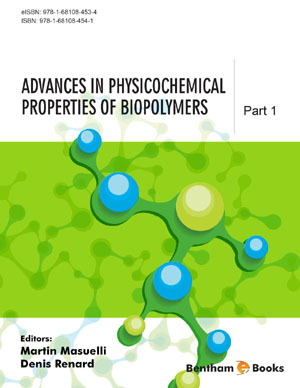Abstract
Adhesion of bacteria to glycosylated cells and surfaces is largely facilitated through adhesive organells projecting from the bacterial surface, which are called fimbriae. The most important fimbriae in Escherichia coli and in most of the other enterobacteria are the type 1 fimbriae which mediate adhesion in an α-D-mannoside-specific manner. The lectin that is responsible for binding terminal α-D-mannosyl residues is called FimH and is located at the tips of type 1 fimbriae. FimH is known to mediate shear-enhanced adhesion of bacteria to mannosylated cells or surfaces. Like many adhesins, FimH is a two-domain protein consisting of a pilin domain, that anchors FimH to the fimbrial shaft, and a distal, N-terminal lectin domain, harboring the carbohydrate binding pocket. A variety of natural as well as synthetic ligands for type 1 fimbriated bacteria and FimH, respectively, have been tested in order to improve our understanding of this protein-carbohydrate interaction in cellular adhesion and in an attempt to develop effective low-molecular weight compounds for an anti-adhesion therapy. Besides tailor-made ligands that have been designed based on the computer docking, various multivalent cluster mannosides have revealed interesting activities. In this review, carbohydrate binding by FimH will be discussed and modern means for its investigation including photoaffinity labelling will be described. In addition, very recent crystallographic work will be documented that provides an explanation for shear-enhanced binding of type 1 fimbriated E. coli.
Keywords: Bacterial adhesion, type 1 fimbriae, FimH, mannosides, antiadhesives

















